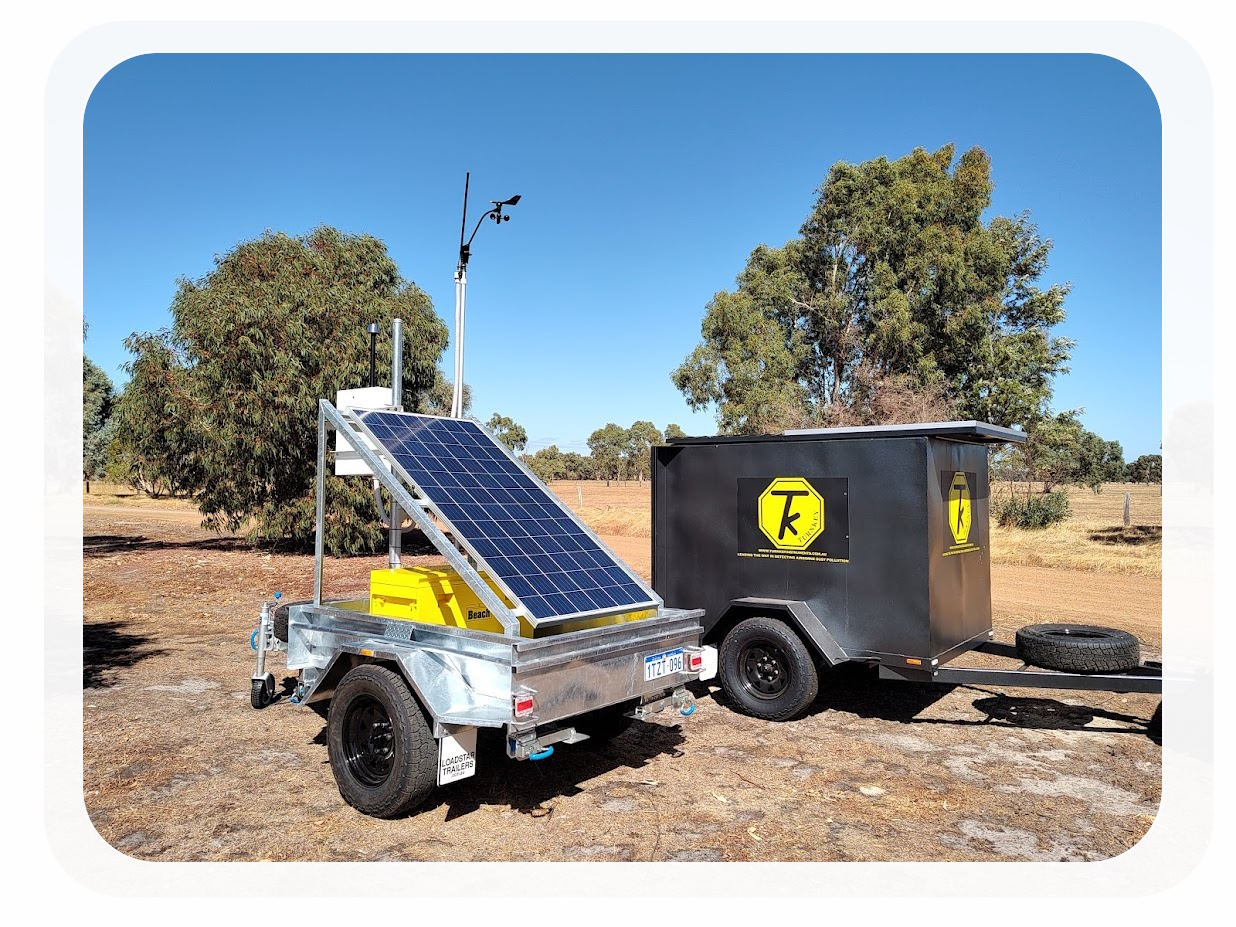- Micah
- 0 Comments
Regulatory Reporting Vs Controlling Dust [Airborne Particulates]
When it comes to Air Quality Monitoring there appears to be a confusion between Regulatory Reporting requirements and managing and controlling dust [airborne particulates] that is a product of industrial or commercial activity.
It has been accepted that equipment used for Regulatory Reporting purposes, such as Hi Volume Samplers (AS3580) is of little to no use in helping to manage and control dust emissions. The pump and filter – Hi Volume sampler – produces only one 24hour Time Weighted Average. Even that result has to be determined in a costly laboratory process often days or weeks after the sampling session. Results obtained with these systems are an all embracing, non specific historical record. Other types of equipment report negative airborne particle values regularly and sometimes for extended periods of time. Yet other equipment can only report on an hourly basis – long after an event. This results in the inability to issue immediate and timely alerts of potentially fatal occurrences. Much of this type of equipment is often influenced by environmental factors outside the control of the company concerned.
For the proactive, good Corporate Citizen Company seeking to control and manage their dust emissions, the Regulatory Reporting requirement, though it is important and has to be complied with, is a side issue with no capability for actively controlling and managing dust emissions. In fact it has been demonstrated that successful dust management strategies using TURNKEY OSIRIS and iPM monitors that have been put in place by Australian Companies all around Australia have a beneficial and direct impact on results required by the Regulatory Reporting Authority.
Controlling and managing dust emissions requires immediate information on what is occurring as a process or practice is in progress, also incorporating rapidly changing environmental influences.
Managing dust emissions is the designed response to a practice or process that is monitored to give consistent suppression or containment to the process or practice.
Controlling airborne emissions is generally centered around airborne dust or gas emissions that are unexpectedly created and includes fugitive emissions. Historically fugitive emissions are the most difficult to deal with as they are typically spasmodic, episodal and consequently difficult to detect.
Turnkey Instruments Airborne Particle monitors OSIRIS, iPM, and iGAS airborne gas detectors, which are purposely designed to actively sample the passing airstream every ONE SECOND.
Alerts and alarms can thus be generated and propagated immediately.
Reach out to our friendly team to see how they can tailor a solution to fit your needs.

